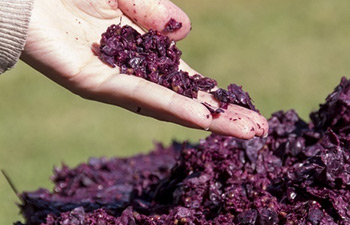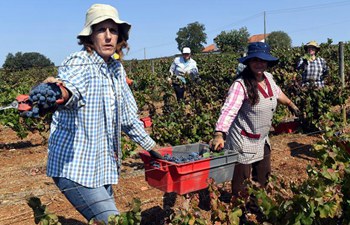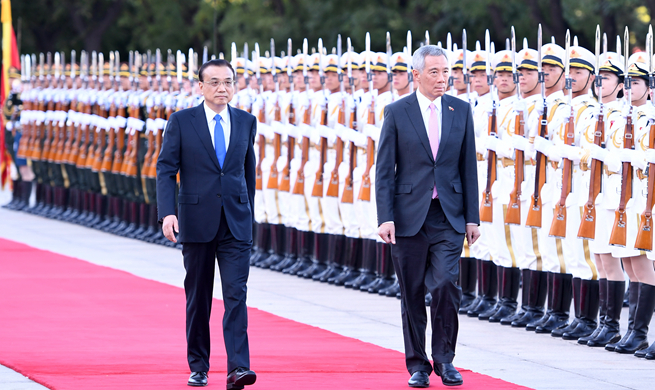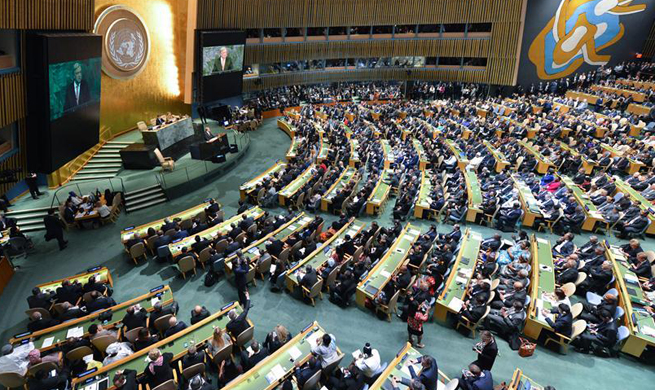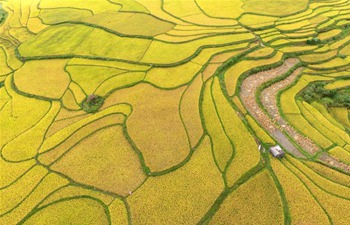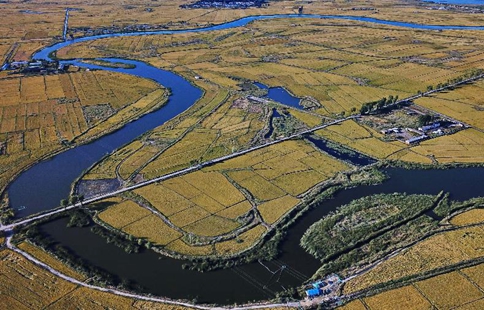DAR ES SALAAM, Sept. 20 (Xinhua) -- Field work for a new aerial wildlife dry season census in the Selous-Mikumi ecosystem in Tanzania began on Wednesday, said a joint statement from organizers of the census.
The joint statement was made on Wednesday by the Tanzania Wildlife Research Institute (TAWIRI), the Tanzania Wildlife Management Authority (TAWA), the Tanzania National Parks, the Embassy of the Federal Republic of Germany in Dar es Salaam, the German KfW Development Bank, and Frankfurt Zoological Society (FZS).
The statement said the census was led by TAWIRI and will be carried out in collaboration with the other afforementioned organizations.
The aerial census was being implemented as part of the Selous Ecosystem Conservation and Development Program, which was funded by the German government through KfW Development Bank, said the statement.
"The count targets large mammals and signs of illegal human activities in the area of the Selous Game Reserve, the Mikumi National Park, the Selous-Niassa corridor and the buffer zones," said the statement, adding that the data will be used to inform management decisions.
"The Selous Game Reserve management team is pleased to host TAWIRI for the 2017 large mammal census and looks forward to the information it will provide to further guide protection within the game reserve," said Henock Msocha, the Selous Project Manager for TAWA.
"We hope the 2017 Selous-Mikumi large mammal census will give clarity about the development of the elephant population in Selous," said Kathryn Doody, project manager of the FZS.
"We sincerely hope the census will show that the elephant population has stabilized after the dramatic declines caused by poaching," added Doody.
The 2013 and 2014 Selous aerial surveys had revealed a drastic decline of the Selous elephant population from about 45,000 in 2009 to approximately 15,000 animals in 2014.
The surge in poaching had been driven by soaring demand for ivory in southeast Asia. As a result, in 2014, the Selous Game Reserve was inscribed on the List of World Heritage in Danger.
In order to take appropriate action on the ground to protect the ecosystem, it is essential that managers are equipped with accurate information about the large mammals' population status, said the statement.
The government of Tanzania will report the wildlife census data to the UNESCO World Heritage Committee through its "state of conservation report" in February 2018, according to the statement.
It is therefore important that the data are accurately collected, analyzed and reported in time, said the statement.





